At the foot of Mount Parnassos, within the angle formed by the twin rocks of the Phaedriades, lies the Pan-Hellenic sanctuary of Delphi, which had the most famous oracle of ancient Greece. Delphi was regarded as the centre of the world.
According to mythology, it is here that the two eagles sent out by Zeus from the ends of the universe to find the navel of the world met. The sanctuary of Delphi, set within a most spectacular landscape, was for many centuries the cultural and religious centre and symbol of unity for the Hellenic world.
The sanctuary was the centre of the Amphictyonic League, an association of twelve tribes of Thessaly and the Sterea (south-central Greece), with religious and later political significance. The Amphictyonic League controlled the operation and finances of the sanctuary, as it designated its priests and other officials chosen from among the inhabitants of Delphi. In the sixth century BC, under the League’s protection and administration, the sanctuary was made autonomous (First Sacred War), it increased its territory and political and religious influence throughout Greece, and reorganised the Pythian Games, the second most important games in Greece after the Olympics, which were held every four years.
The rise of the Rationalist movement in philosophy in the third century BC, damaged the oracle’s authority, yet its rituals continued unchanged into the second century AD, when it was consulted by Hadrian and visited by Pausanias. The latter’s detailed description of the buildings and more than three hundred statues has greatly contributed to our reconstruction of the area. The Byzantine emperor Theodosius finally abolished the oracle and the Slavs destroyed the precinct in 394 BC. With the advent of Christianity, Delphi became an episcopal see, but was abandoned in the sixth-seventh centuries AD. Soon after, in the seventh century AD, a new village, Kastri, grew over the ruins of the ancient sanctuary, attracting in modern times several travellers interested in antiquities.
The archaeological site of Delphi includes two sanctuaries, dedicated to Apollo and Athena, and other buildings, mostly intended for sports. Visitors arriving from Athens first encountered the sanctuary of Athena Pronaia – that is, Athena who is before the temple of Apollo. Outside its walls spread the settlement of Delphi. Within the walls were the famous Tholos, the symbol of Delphi today, and the remains of three temples dedicated to the goddess. The two earlier temples were built of tufa on the same location. These date to the middle of the seventh century and to c. 500 BC. The third temple, made of limestone, was built at the west end of the sanctuary after the earthquake of 373 BC. This sanctuary also includes the altars of Zeus Polieus, Athena Ergane, Athena Zosteria, Eileithyia and Hygeia, the remains of two buildings dedicated to the cult of the local heroes Phylakos and Autonos, who routed the Persians from Delphi, and two treasuries with marble roofs, one Doric and the other Aeolian. The Aeolian Treasury of Massalia preserves a characteristic palm-leaf capital. Finally, the sanctuary included a memorial to the routing of the Persians, a statue of Emperor Hadrian, and a building known as the “house of the priests”.
Learn more: https://www.visitgreece.gr


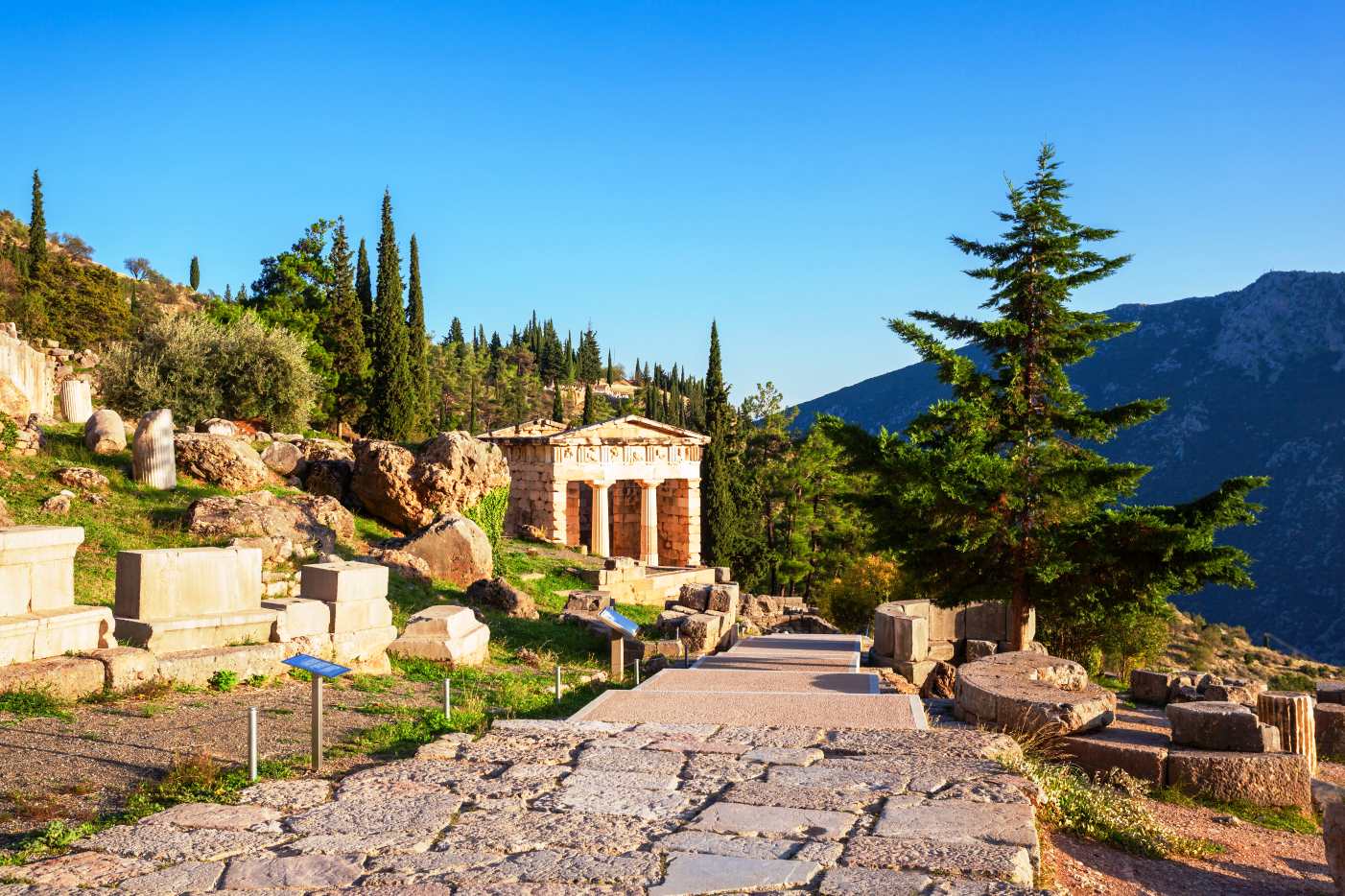
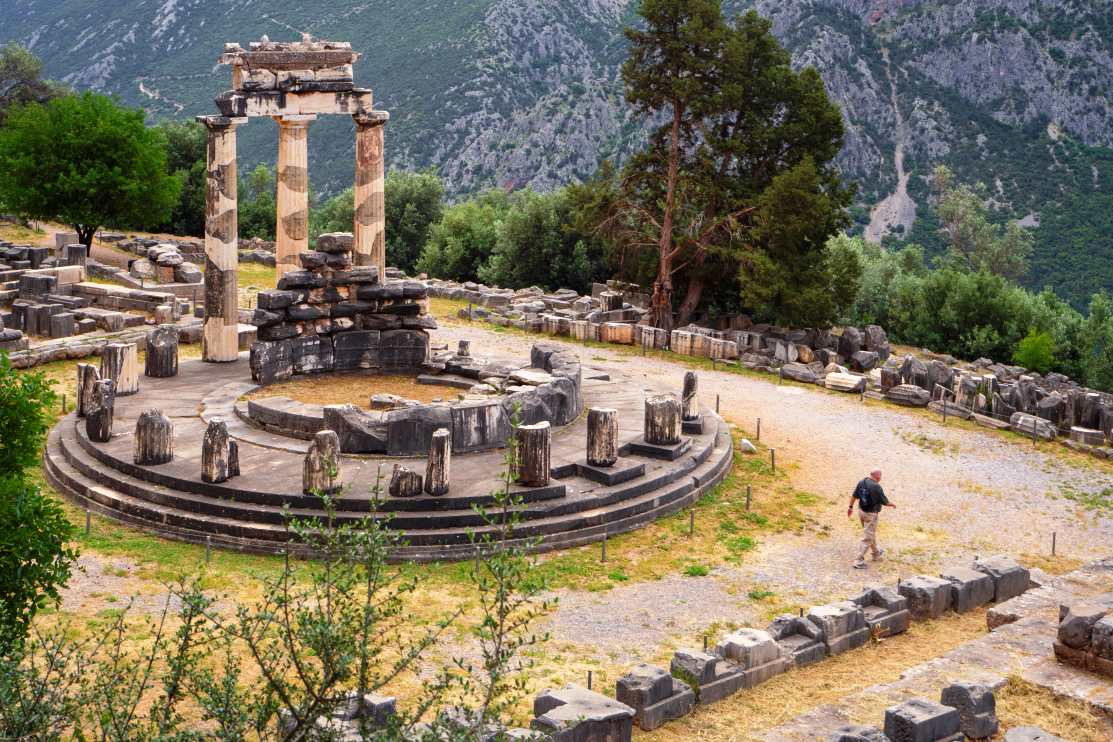

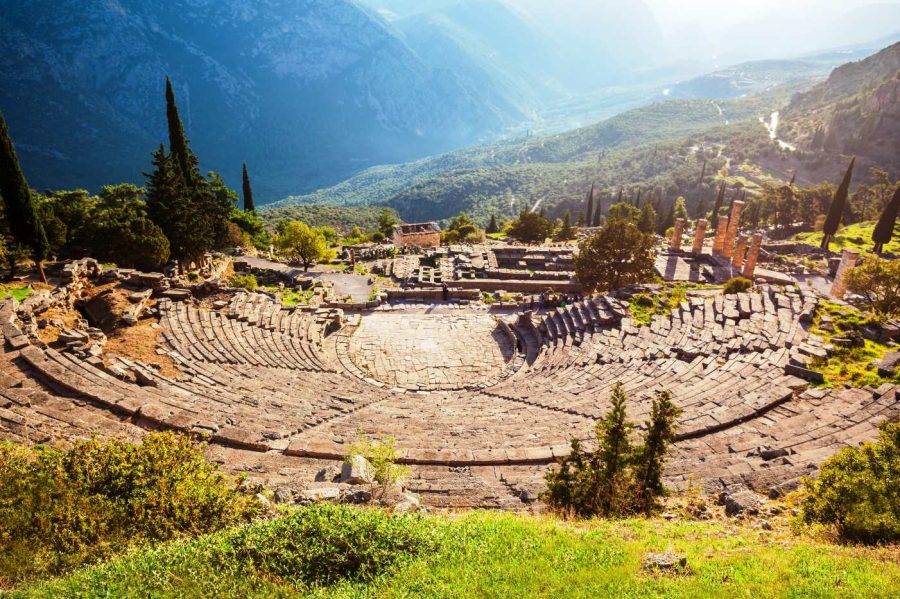
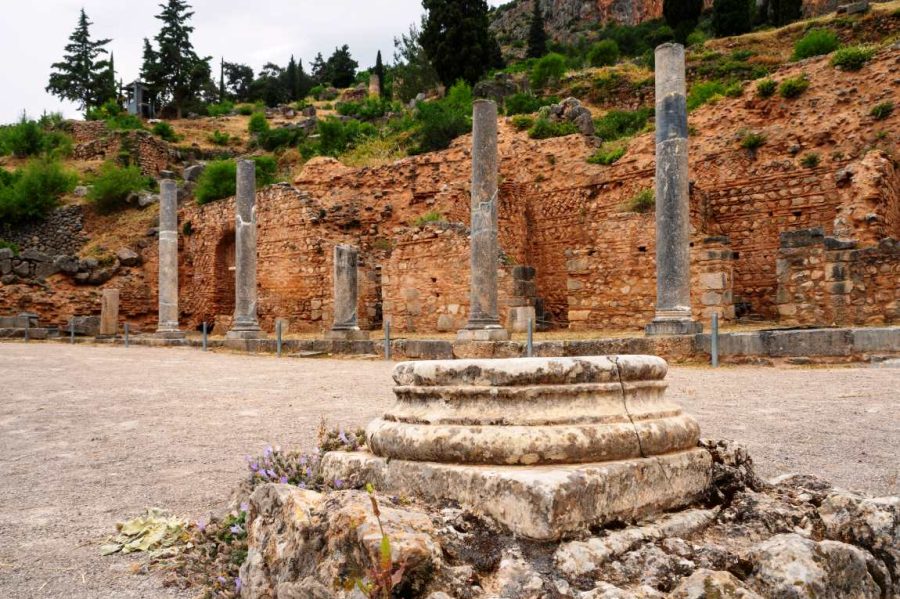
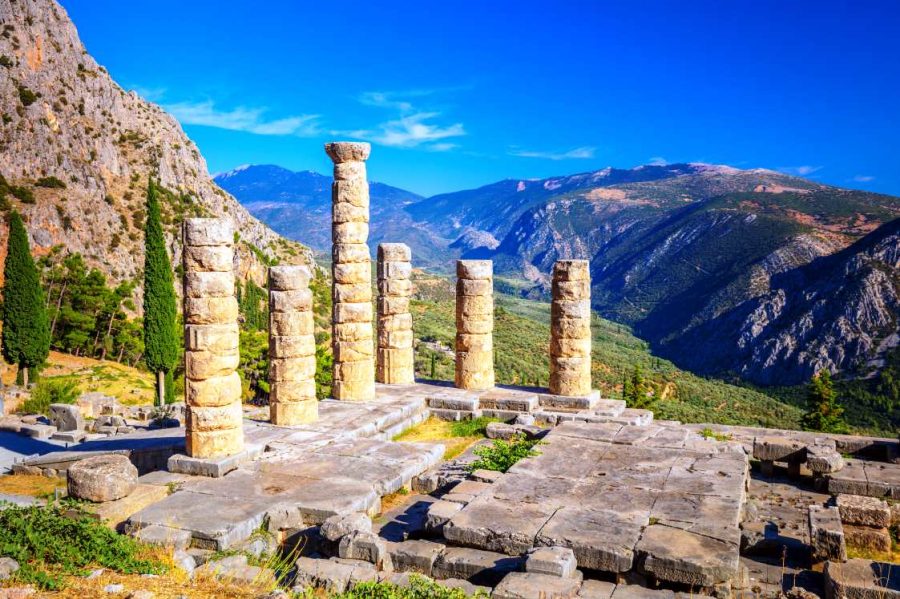
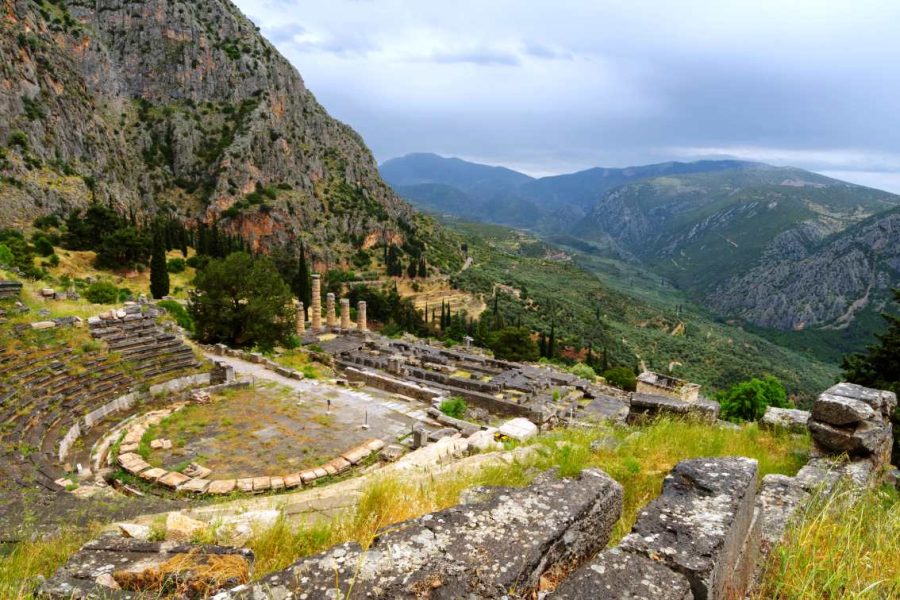
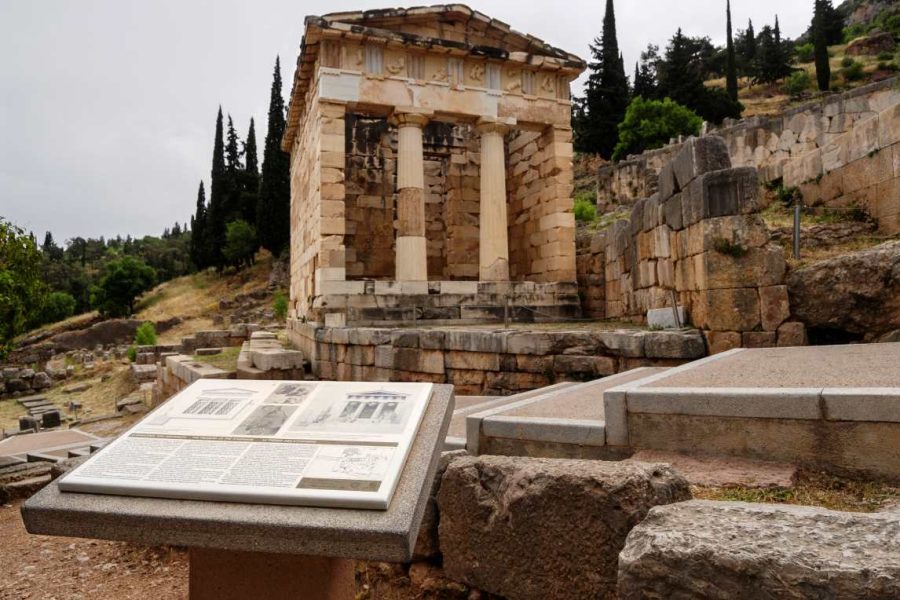

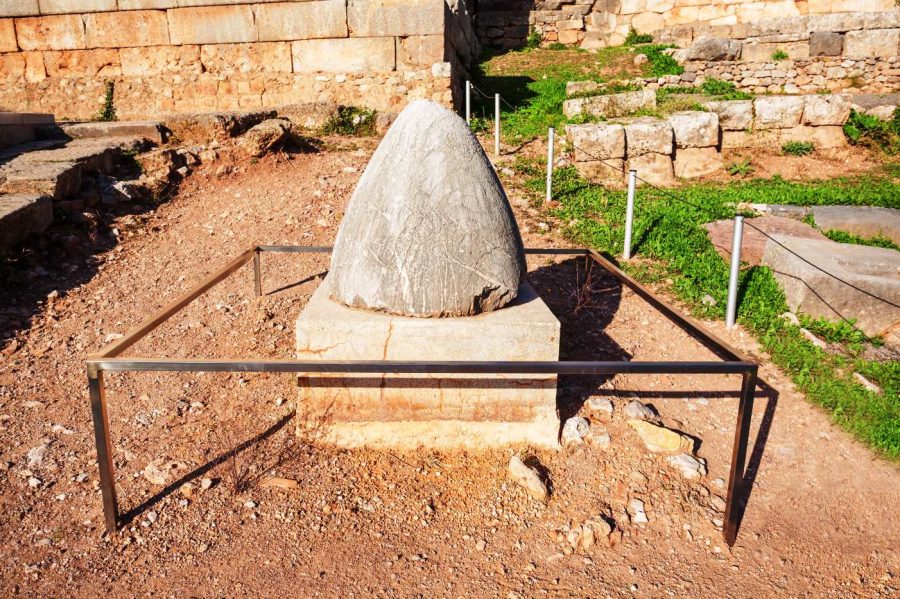
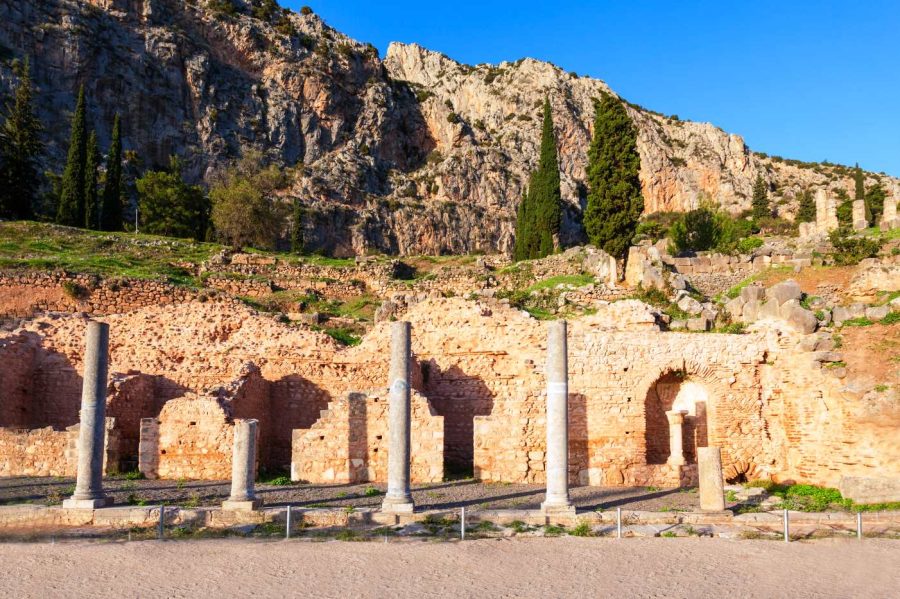
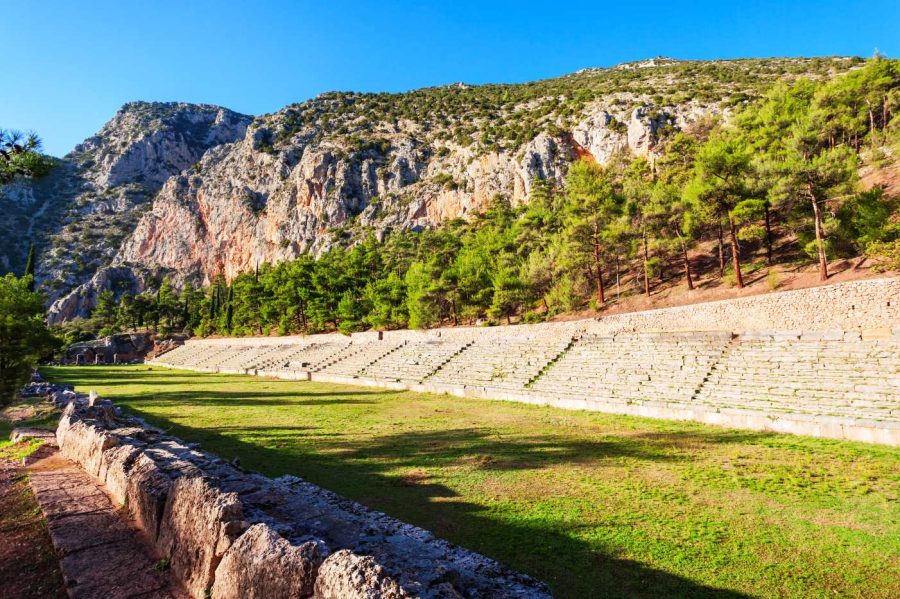
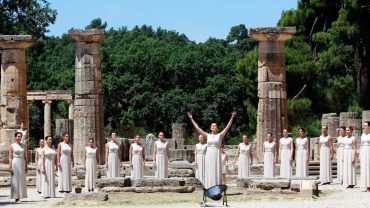


Comment (0)